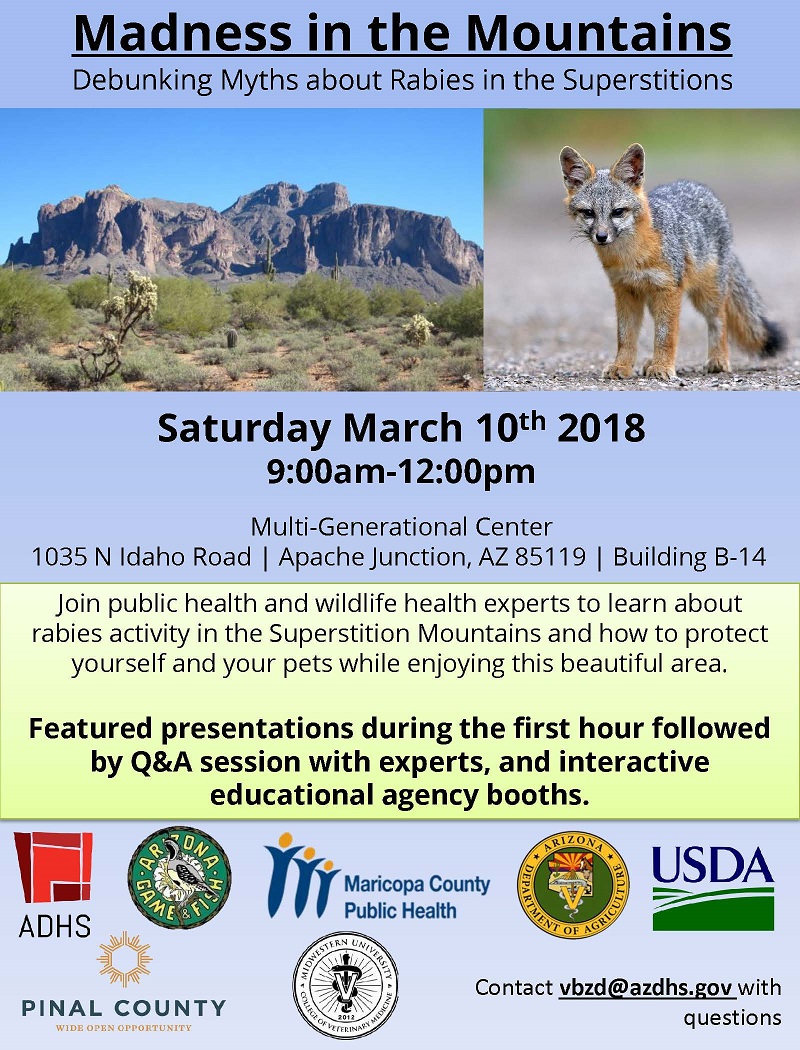This month has been a doozy for our Bureau of Emergency Medical Services and Trauma System team. This week we finished the 2nd of 2 high-profile and important decisions. A couple of weeks ago I made a decision to let Yuma City take over part of the ambulance response in that town. I thought the city folks had given solid evidence why they should be allowed to provide their own service (technically called establishing public necessity). I also locked in the rates for the Yuma ambulance to the level they are at right now for 3 years.
I also OK’d a merger of two ambulance companies in the Valley this week. Rural Metro Ambulance will take over four areas where PMT ambulance used to respond, but they can’t raise rates on customers for at least 3 years. I also required Rural Metro to keep the electronic health data that PMT is using in those four areas, as well as expand it to other areas it serves. That electronic data provides an important window into how the system is doing in responding to emergencies, providing important interventions, and getting people quickly to the right kind of treatment. Timeliness is important in any emergency, but we have been able to document the differences in quickly getting patients into medical care after cardiac arrest and traumatic brain injury.
Some folks don’t realize just how closely ambulance service is regulated- it’s an important element of patient care and ADHS along with partners across the state have to make sure it’s the best it can be in Arizona. The state is broken up into Certificate of Necessity areas where companies or cities have a contract to provide the service. The contracts outline how long a company has to respond to a call, how much they can charge and what happens if they don’t do a good job. You can learn more about this on our Bureau of Emergency Medical Services and Trauma System website.











